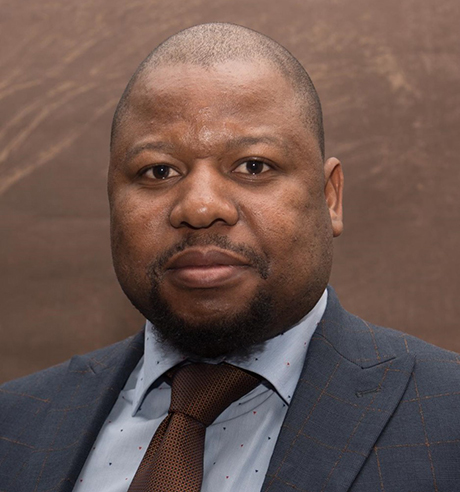Students in the Department of Business Management within the Faculty of Economic and Management Sciences at the University of the Free State (UFS) had the opportunity to attend guest lectures by
Gadija Brown, MEC for Finance, and
Makalo Mohale, MEC for Economic, Small Business Development, Tourism, and Environmental Affairs (DESTEA) in the Free State government. The guest lectures, which took place on 1 August 2022, were also attended by the Black Management Forum (BMF) Free State Chapter Chair, Mosebetsi Dladla.
Insights from the guest lecturers
“A priority for the government was SMEs involved in agriculture, tourism, and agricultural industrialisation or manufacturing, as these were the main contributors to the Free State’s economy,” said Brown in her keynote address as she profiled the small business sector of the Free State.
Makalo Mohale discussed the importance of establishing an enabling environment for the creation of SMEs in the province. “University students, such as the UFS students, can be active participants in the economy by creating businesses that are feasible and viable in order to reduce the unemployment rate of the country, as well as provide employment for themselves,” he said.
Prof Brownhilder Neneh, Head of the Department of Business Management, extended her gratitude to the Free State government representatives for honouring the invitation. She advocated for more interactions and partnerships between the university and provincial government to create a synergy of collaborations between government and academia.

Makalo Mohale. Photo: Supplied.
From sit-down exam to practical engagement
The Department of Business Management offers Small Business Management as an undergraduate programme at NQF Level 7 (16 credits) during the third year of study. The module's goal is to give students the knowledge and abilities they need to become capable and self-assured business professionals or leaders.
Dr Ekaete Benedict, Coordinator of the Entrepreneurship and Small Business Management modules, outlined that the group project is what students are assessed on, instead of a sit-down examination.
“One of the first things I did to change the curricula of the module was to apply for it to become a continuous assessment module,” she said. “That is, do away with the sit down and write exam component at the end of the semester, and rather test the students on practical engagement with real-life business scenarios and people throughout the duration of the semester,” she continued.
“This is in line with best practices at the world's top universities,” Dr Benedict concluded.